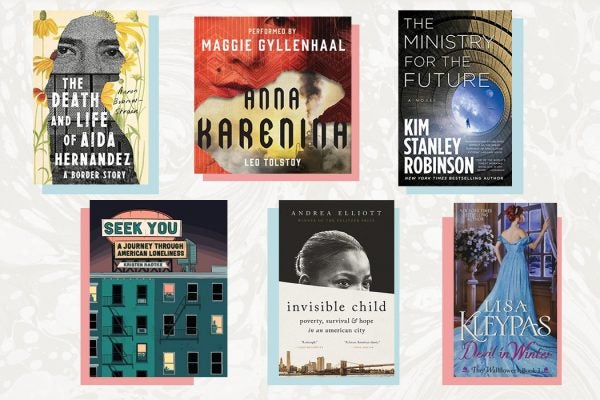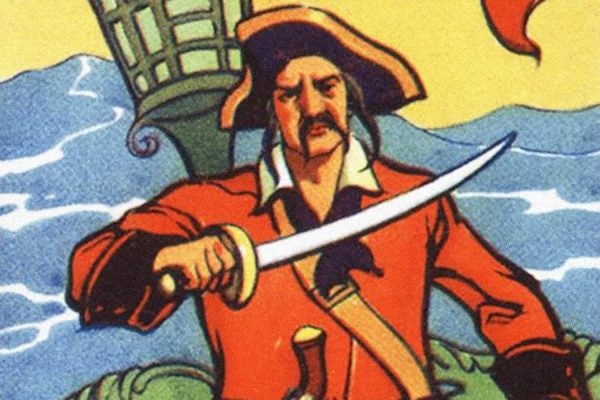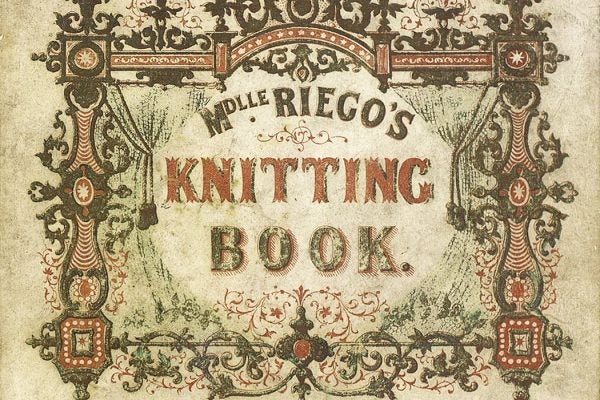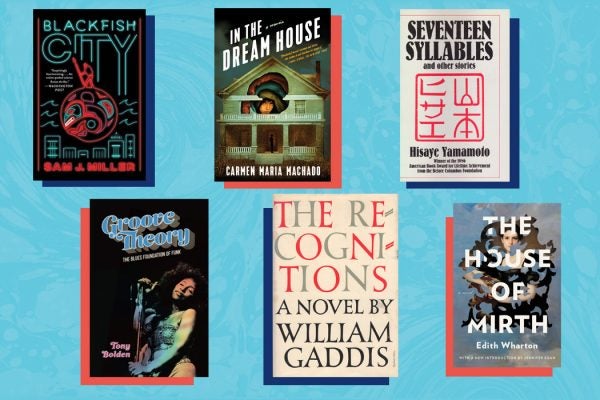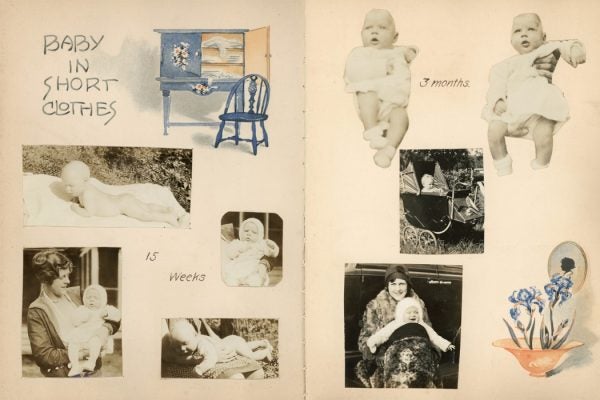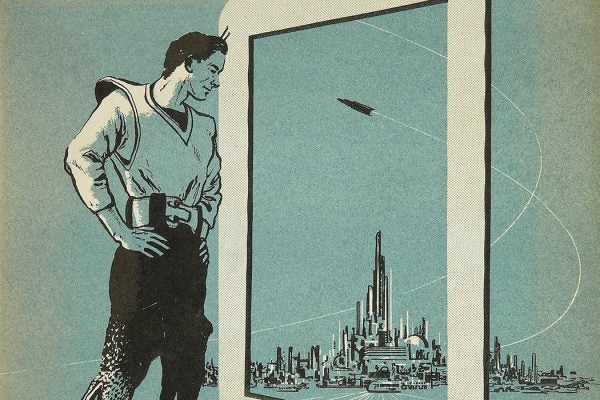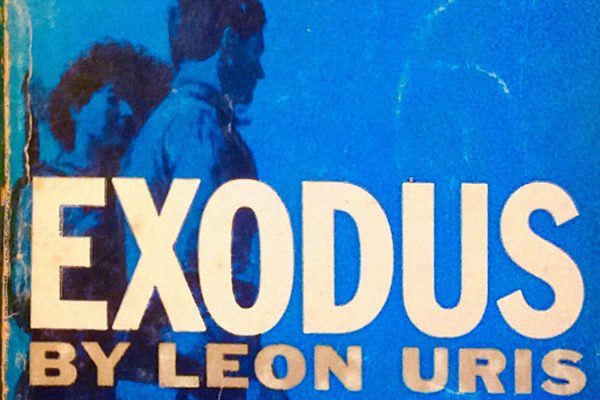What We’re Reading 2021
Mini book reports from your favorite bloggers and editors here at JSTOR Daily.
Return to Pirate Island
The history of piracy illustrates a surprising connection to democratic Utopian radicalism—and, of course, stolen treasure.
Emily Brontë’s Lost Second Novel
The author of the English literary classic Wuthering Heights died tragically young, leaving her second novel unfinished.
Victorian Knitting Manuals Collection
The first manuals for knitting were printed in the 1830s. Those interested in the history of knitting will find them a rich primary source for research.
How Early Sci-Fi Authors Imagined Climate Change
A century before the modern “cli-fi” genre, many authors envisioned unsettling worlds shaped by man-made climate chaos.
What We’re Reading in 2020
Funk music, floating cities, poetic prose, and a return to the classics.
Roald Dahl’s Anti-Black Racism
The first edition of the beloved novel Charlie and the Chocolate Factory featured "pygmy" characters taken from Africa.
The Long-Lost Ritual of Baby Books
Mothers used to documented their infant children's milestones—first steps, first smile—in specially made books. They're amazing historical documents.
The Self-Styled Sci-Fi Supermen of the 1940s
Way before there were stans, there were slans. Too bad about their fascist utopian daydreams!
How Americans Were Taught to Understand Israel
Leon Uris's bestselling book Exodus portrayed the founding of the state of Israel in terms many Americans could relate to.
